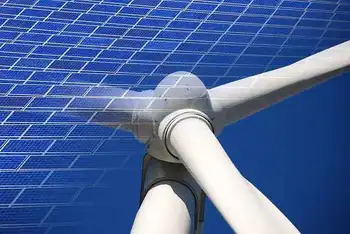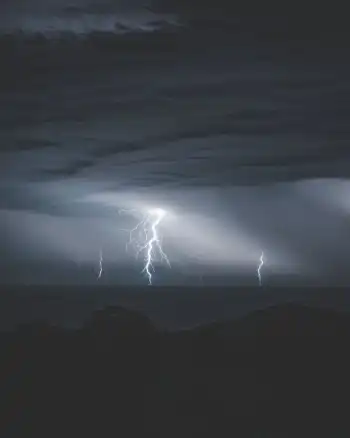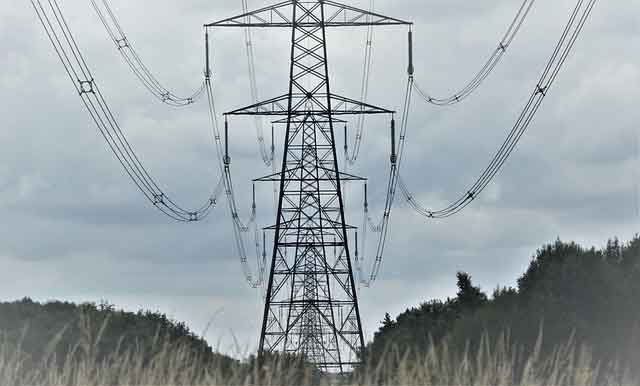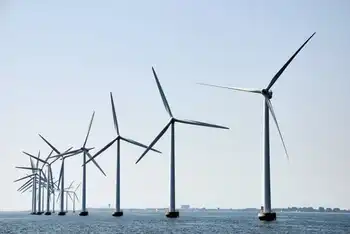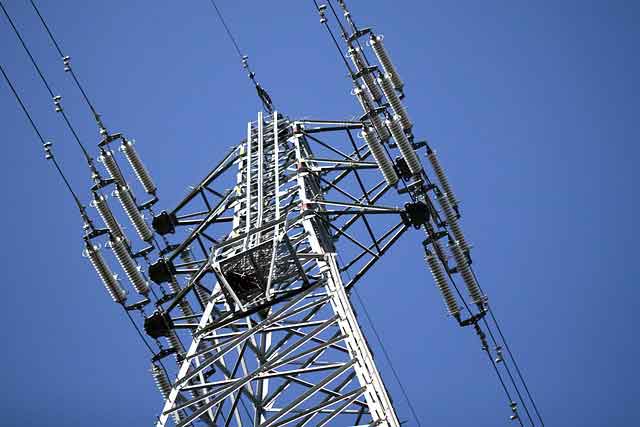Ethernet Cables as electrical connections grow
By New York Times
Electrical Testing & Commissioning of Power Systems
Our customized live online or in‑person group training can be delivered to your staff at your location.

- Live Online
- 12 hours Instructor-led
- Group Training Available
Wrapped in shocking blue or dull gray, with plugs a bit wider than those on a phone line, the cables have become the near-universal path for bringing data into the workplace. They have quickly become a route for telephone conversations, too, with Internet-enabled phones taking root in cubicles and executive suites.
Now, the cables are starting to shoulder a new load: providing electrical power in a small but growing number of businesses.
Ethernet cables cannot carry a great deal of power - just 13 watts, under the 802.3af standard, ratified last June by the Institute of Electrical and Electronics Engineers. But that is enough for items like telephones, security cameras, loudspeakers and wireless network access points. It gives corporate dreamers hope that, one day, the snake's nest of wires and power cables under the desk might be reduced, or even replaced by a single cord.
"It's already the universal network connection,'' said Duncan Potter, vice president for corporate marketing at Extreme Networks, a company based in Santa Clara, Calif., that makes Ethernet switches. "And it could become the universal power connection for low-wattage devices."
Data and electricity can travel over the same wires because they are at opposite ends of the frequency spectrum, said Steven B. Carlson, who led the I.E.E.E. task force on what is called the Power Over Ethernet project. Electrical power is low frequency - 60 hertz or less. Data signaling, on the other hand, takes place in the range of 10 million to 100 million hertz. So bits and volts do not interfere with one another, which is why power companies like Cinergy, which serves much of Indiana, southwestern Ohio and northern Kentucky, are looking to supply homes with broadband Internet access through their electrical outlets.
Most offices and big institutions already have broadband connectivity. What can be a giant headache is putting in new electrical outlets for wireless network access points, which supply Wi-Fi connections to the Internet. The access points are often placed on ceilings to provide maximum coverage for the broadest possible area. But usually there are no three-pronged outlets on the ceiling, and hiring electricians to install new ones can be expensive.
Lots Pook, the chief technology officer of Exempla Healthcare in Denver, estimates that he saved about $600,000 in set-up costs by installing 200 access points powered by Ethernet cable, instead of 110-volt outlets, in his company's hospitals.
Using state grants, the Grossmont Union High School District, in La Mesa, Calif., ran power-carrying Ethernet cable throughout its 11 high schools. The system is already being used to run a new, Internet-based phone network.
Internet Protocol telephony is in fact the most common reason companies gravitate toward Ethernet power, said Chris Kozup, an analyst with Meta Group, a consulting firm in Stamford, Conn., that focuses on such networks.
But Warren Williams, assistant superintendent of the Grossmont school district, has much bigger plans for his powered network. In coming months he plans to install a digital security camera system that will draw its power from and feed its video to a central hub. He also plans to roll out an array of networked loudspeakers so that a single message can be sent to every classroom at once.
"Every classroom needs an intercom," he said. "So, while I've got this powered I.P. network, and this powered I.P. phone system, why not put an external speaker on the phone and make that the intercom?" To wire a high school with a traditional speaker system would have cost about $170,000, Mr. Williams estimates. He said the digital alternative should cost less than $20,000.
"It's a cost-effective way to drive devices without doing electrical upgrades. That's the real power of it," he said.
Maintenance becomes easier, too. As anyone with a computer knows, turning a gadget off and on is often the quickest way to cure what ails it. Items attached to a powered Ethernet can all be shut down at once instead of individually switched off, noted Steve Baker, a vice president for I.P. surveillance solutions at Sony Electronics.
Devices that get their electricity through standard 110-volt wiring can still hook up to a Power Over Ethernet network, said Mr. Carlson, who helped develop the 802.3af standard. The network sends out a 10-volt signal across the system to detect which devices are compatible with Ethernet power so that it is only delivered to them.
Currently, Ethernet cables cannot deliver enough power to run a typical laptop - viewed as a critical milestone by many of those developing Ethernet power. New standards would have to be adopted - or, in a less likely prospect, hardware manufacturers would have to rejigger their power schemes - for notebook computers to take their electricity and data from the same cord.
Running more power through an Ethernet cable could be tricky, however. The added heat "might be too much for some components in the wiring path to withstand," Mr. Carlson said. "There could be safety hazards."
But executives at several network infrastructure companies believe that a compromise will eventually be reached that will enable laptops to draw their power from the network. That would be good news for gadget-laden travelers who have to lug a tangle of wires and power plugs when they go on the road.
Electrical outlets vary across the globe, noted Charles Giancarlo, a senior vice president at Cisco Systems, which has included Power Over Ethernet in all its new Ethernet switches. "Ethernet is the only worldwide common standard for power," he said.





